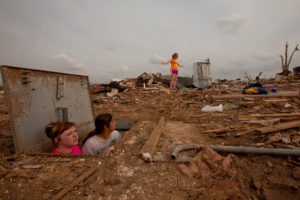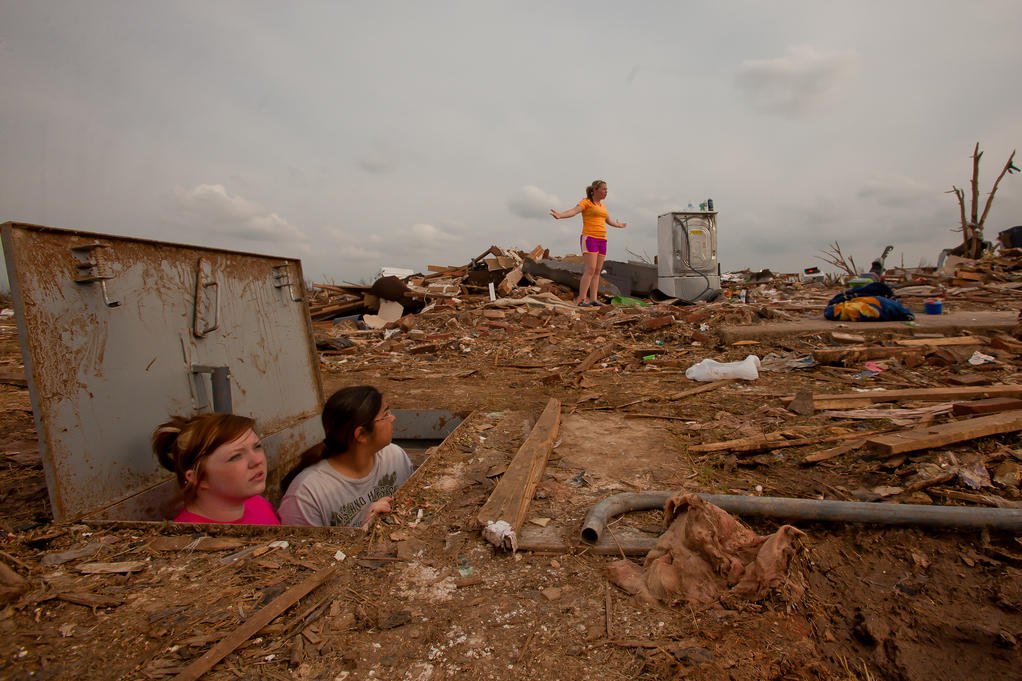Crawford Frazer
Tornadoes have been making headlines this year, destroying homes and taking lives in the Southeast and Midwest. Home insurance covers wind damage caused by tornadoes, but it won’t keep the storm away — and the footage of flattened homes and shell-shocked survivors has probably led many families to wonder what they can do to protect themselves from injuries or worse. Adding a “safe room” to your home is one option.

What is a safe room?
A safe room is a storm shelter built within your home that is more strongly reinforced than the rest of the building. Construction methods for most homes aren’t enough to stand up to a direct hit from a tornado or hurricane, according to the Insurance Institute of Business & Home Safety. Tornadoes strike with little or no warning, and a hurricane can lead to traffic jams on the roads out of town. If you have no choice but to ride out the storm at home, a safe room can offer vital protection.
The National Storm Shelter Association and the Federal Emergency Management Agency (FEMA) have established guidelines for the materials used to build effective storm shelters.
Because a safe room is intended to provide a high level of protection for your family, the best place to build one is in your basement, according to FEMA. However, a basement room is at risk for flooding in a major storm and must be designed to prevent this from happening.
If your home doesn’t have a basement, alternate places to build are on top of a concrete slab-on-grade foundation (like a garage floor) or in an interior room on the ground level of your home, according to FEMA. The key is building your shelter in a place where it can avoid high winds and flying debris.
According to FEMA’s storm shelter guidelines, safe rooms must be:
- Anchored. Make sure your safe room is anchored to its foundation to prevent it from being lifted up or overturned in a storm.
- Connected. The connections between all parts of the safe room (walls, ceiling, door) must be very strong so they can resist wind.
- Independent. Any walls that are used as walls in the safe room must be separated from the structure of the residence. That way, damage to the residence won’t affect the safe room.
The costs
The costs are variable, although building new structures usually cost less than retrofitting a house. State Farm estimates that new construction will fall between $2,000 and $6,000, depending on the materials used (wood frame or concrete, for example). IBHS estimates some safe rooms could cost as much as $15,000.
Be sure to create a home disaster kit to store inside the safe room. The kit should include your home insurance documents, as well as enough supplies for your family to get through the days after the storm.

1 thought on “A safe room can help you ride out the storm at home”